
The Perseid meteor shower peaks August 12 with up to 75 meteors per hour.
07.08.2025 00:48 — 👍 70 🔁 17 💬 0 📌 0@lokimarvel.bsky.social
Swiss; Love British English; Marvel; Mangas, Animes; Tv Shows; Books. Movies etc + lgbtqia+ally

The Perseid meteor shower peaks August 12 with up to 75 meteors per hour.
07.08.2025 00:48 — 👍 70 🔁 17 💬 0 📌 0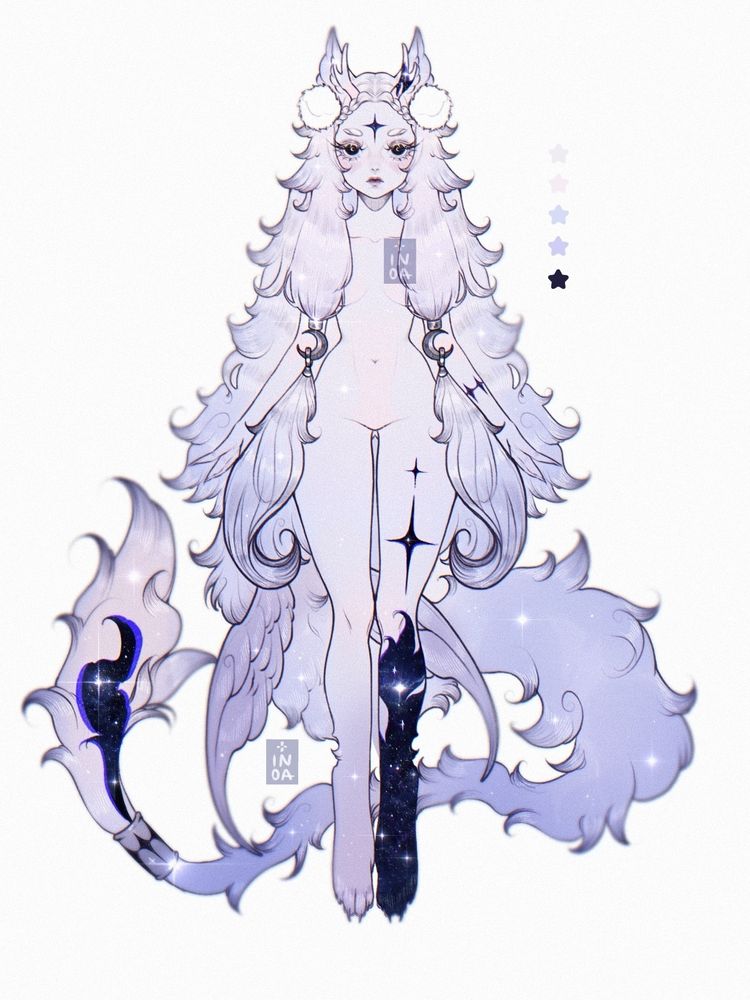
One of my fav characters is up for sale~ She has a lot of art and she's worth $ 2 0 0 0. I'd love her to get a good home, if you are interested pls DM me~ Serious offers only <3
toyhou.se/25641055.200...
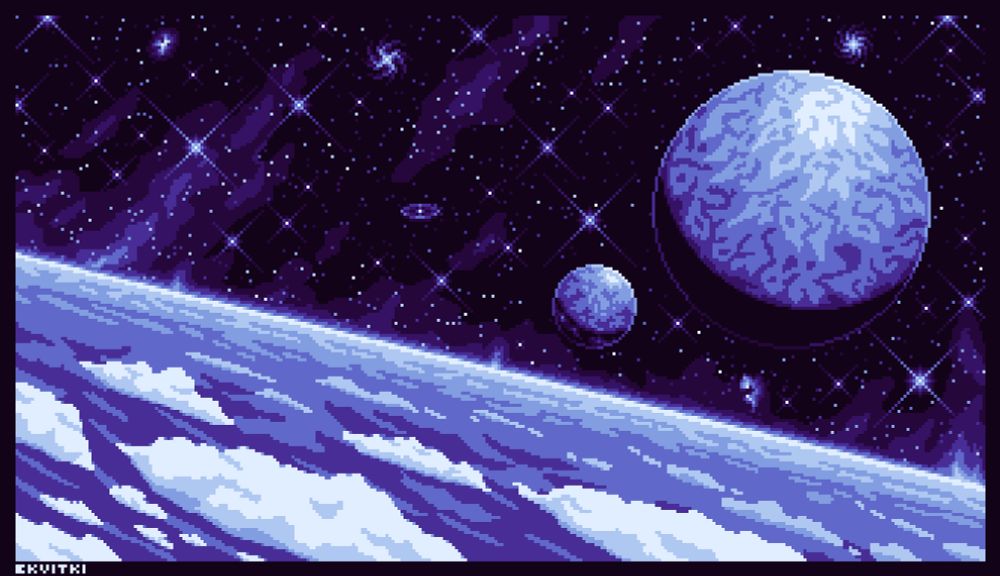

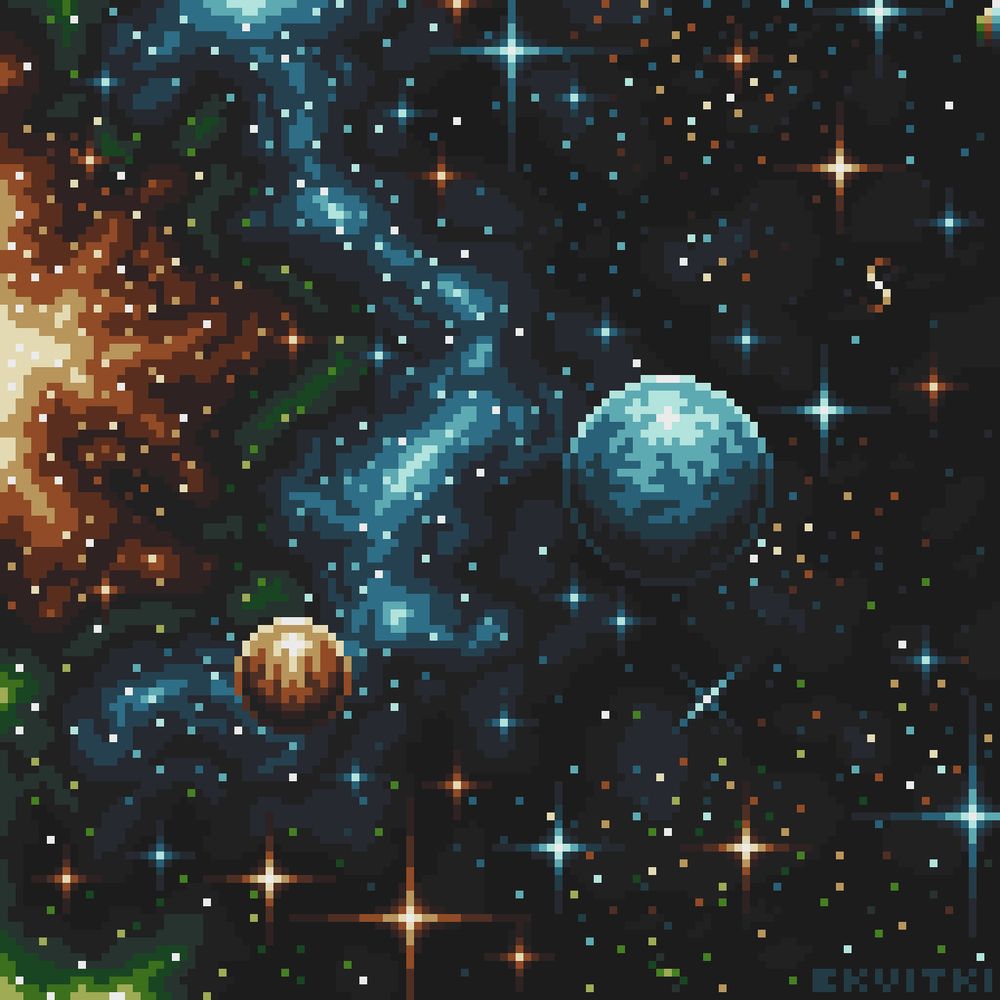
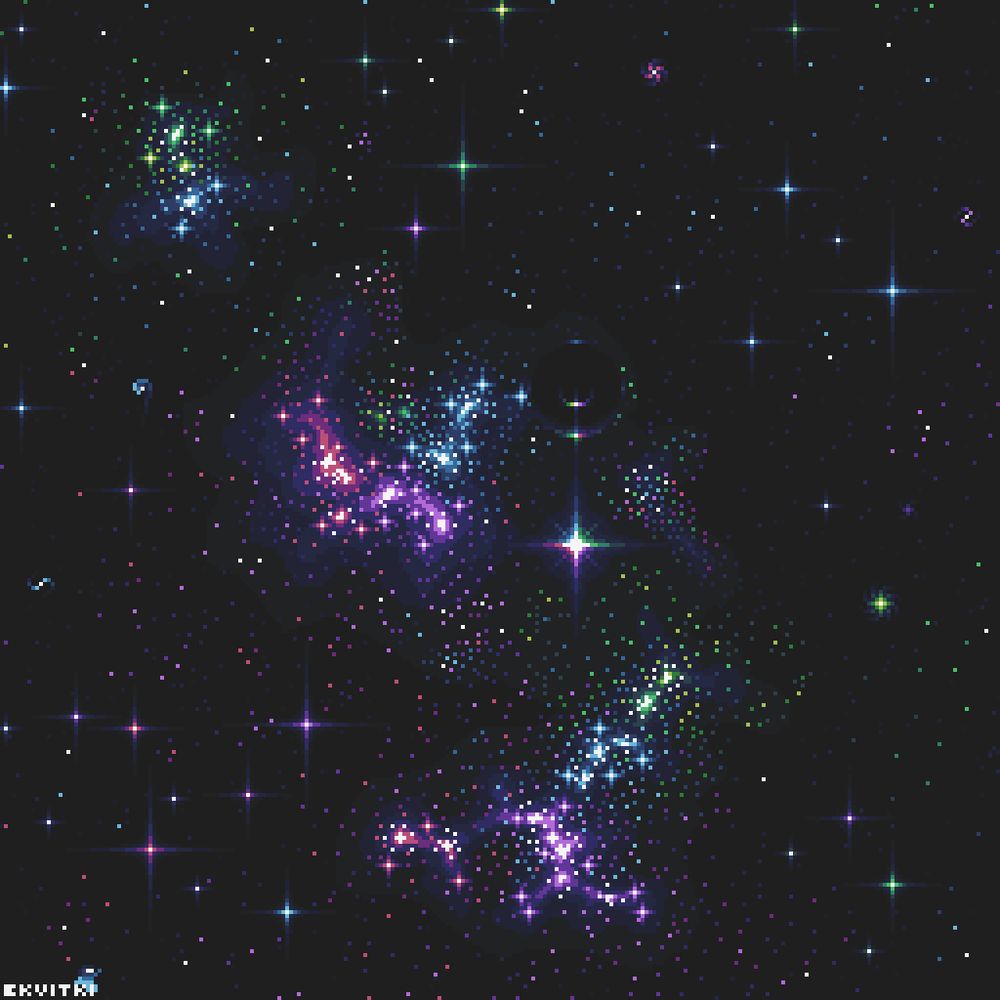
These are probably the greatest things ive ever drawn
#pixelart #art #pixel #space
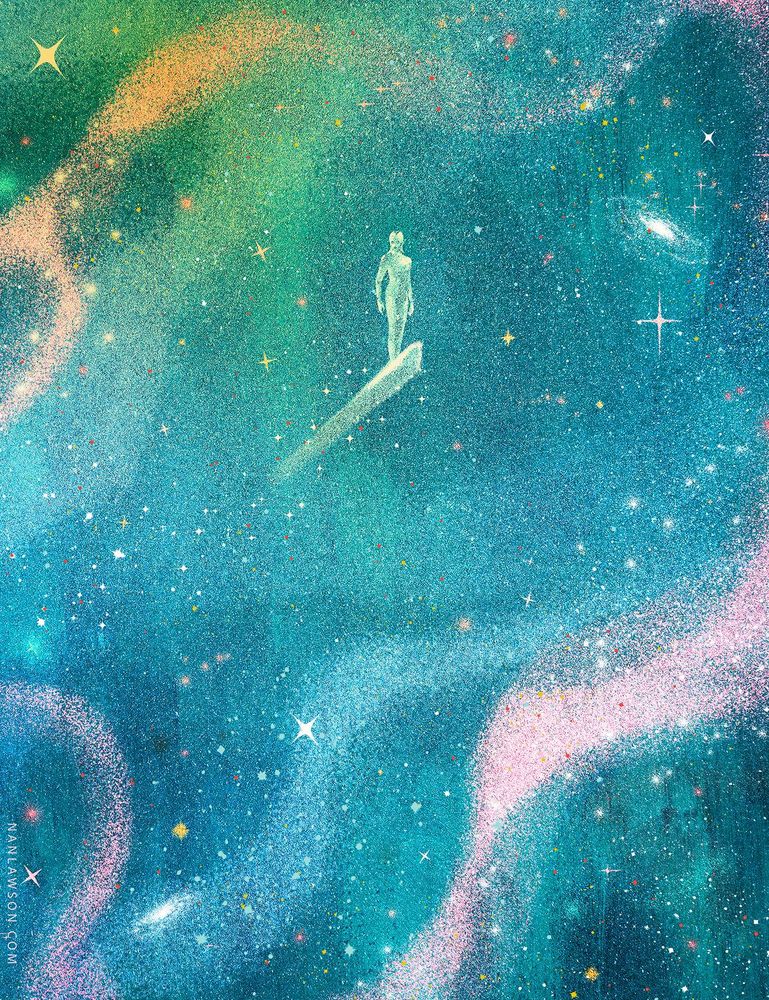
An illustration of The Silver Surfer, floating in space, painted in bright pastel colors.
I herald his beginning. I herald your end. 💫
28.07.2025 18:13 — 👍 2349 🔁 367 💬 25 📌 5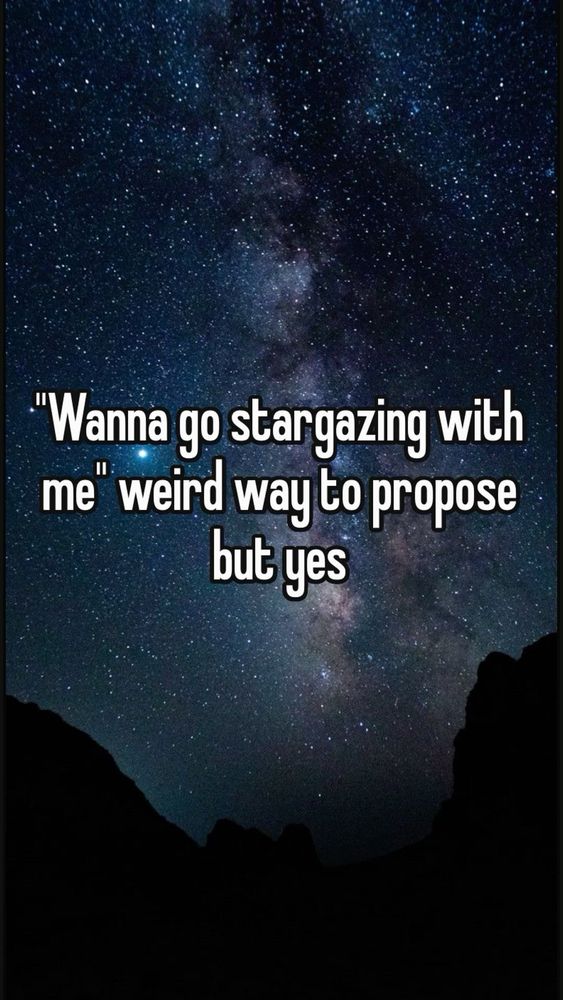
A starry night sky background with the Milky Way and white text over it reading: “Wanna go stargazing with me” weird way to propose but yes”
quickest way to my heart
27.07.2025 23:05 — 👍 2301 🔁 178 💬 46 📌 16What does it mean when the ground starts turning green in Fairbanks, Alaska? Look up!
25.07.2025 00:16 — 👍 6028 🔁 843 💬 111 📌 57
A spiral galaxy with a disk made of several swirling arms. Patchy blue clouds of gas speckle the disk where stars are forming and lighting the gas around them. The core of the galaxy is large and shines brightly gold, while the spiral arms are a paler and faint reddish color. Neighboring galaxies – from small, elongated spots to larger swirling spirals – are visible across the black background.
today’s BEAUTIFUL new hubble image of spiral galaxy ngc 3285b which is 137 million light-years away 🌌
25.07.2025 18:04 — 👍 143 🔁 25 💬 2 📌 1

Captured from Atacama, one of the darkest skies on Earth 🌌
The Milky Way shot with just a phone, and Licancabur Volcano beneath a burst of galactic light.
The universe, visible to the naked eye.
#Astrophotography #MilkyWay #Atacama #Licancabur #Stargazing

Morning #bluesky. Have a great day.
22.07.2025 04:43 — 👍 74 🔁 5 💬 5 📌 0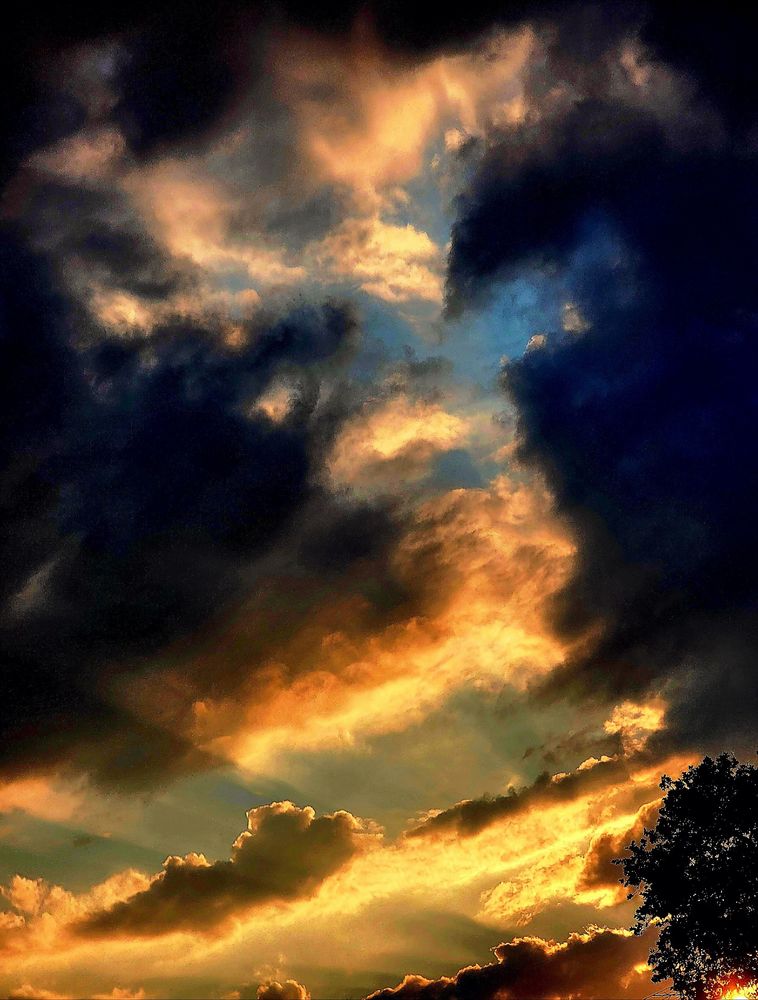
The sun cast incredible crespuscular rays during last night's saffron hued sunset.
Bay Ridge, Brooklyn
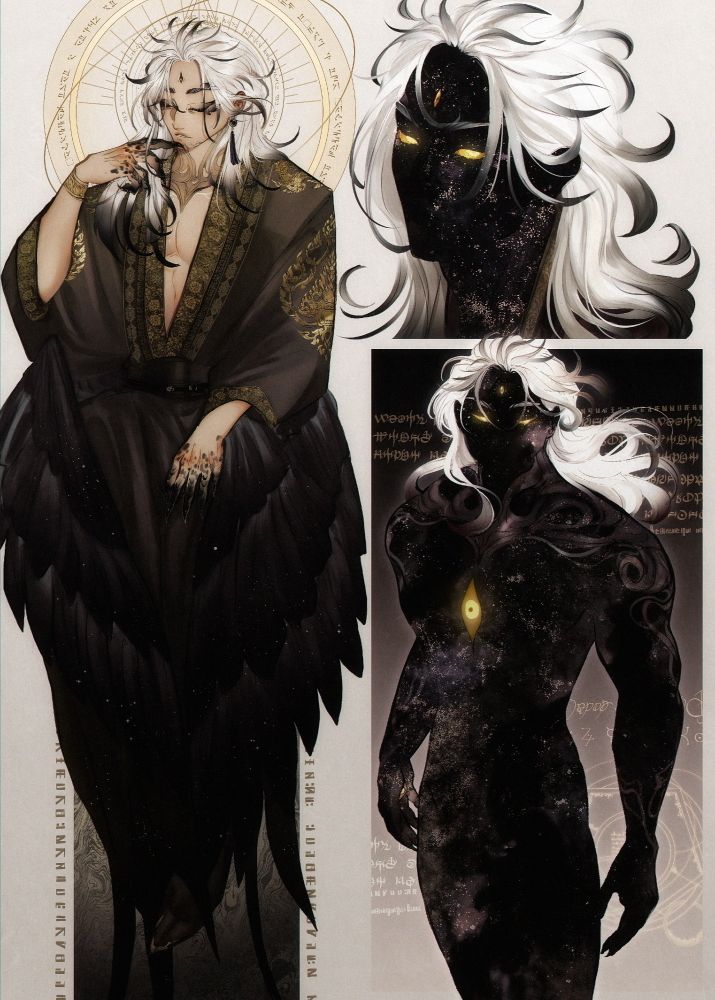
Drawing page including Darius' cosmic form ~
13.07.2025 18:23 — 👍 324 🔁 83 💬 6 📌 0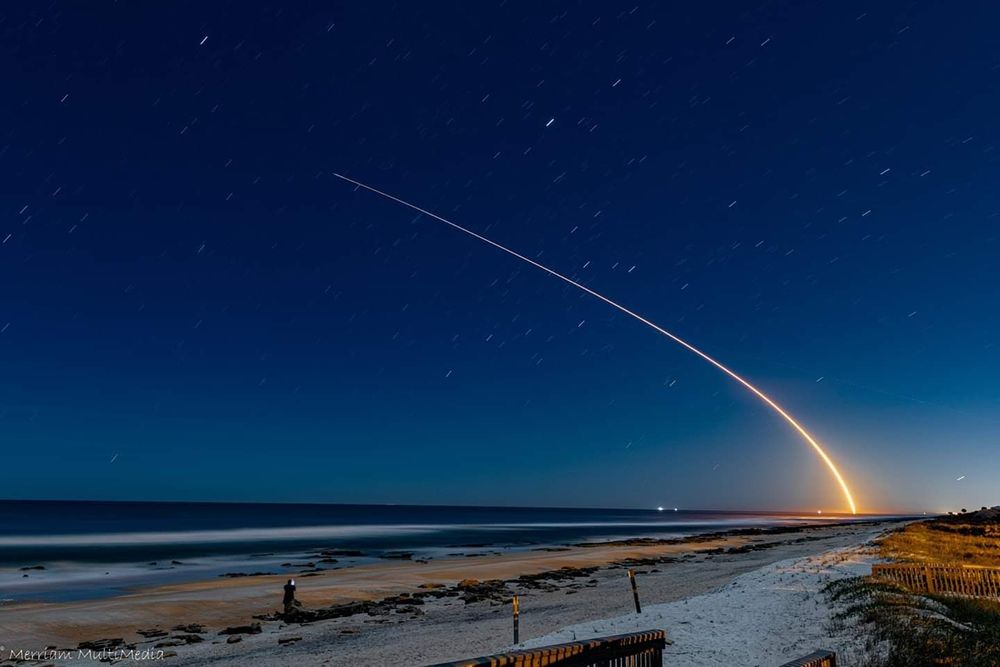
a night time beach scene. there is a bright streak of light curving up and away, the light from a Falcon rocket launch
one of the stupid things that makes me feel alive is taking long exposure shots of night rocket launches taking off from Canaveral.
13.07.2025 14:12 — 👍 6527 🔁 477 💬 206 📌 25
An evening view at Swanbridge
#sunsets

The Milky Way streaking across the sky
i drove 6 hours to get this photo
07.07.2025 09:48 — 👍 6127 🔁 361 💬 260 📌 13
A part of a huge cluster inside the LMC in near-infrared light. Some red gas clouds can be seen, where new stars are being born and heating their surroundings. These parts look like cliffs and pillars. There is also a white and transparent veil in the whole image, which indicates the presence of colder gas. Hundreds of bright dots can be seen everywhere in the image: they are stars! There are even some spiral galaxies in the background
Let's take a look in our neighbor's backyard! 🔭
This is a small part of the 30 Dor region in the Large Magellanic Cloud some ~160 000 light years away. It was observed by the JWST back in early July 2023, a few days before the release of the first official JWST images.
HD: flic.kr/p/2rfboEZ

Two peculiar galaxies seen in infrared light. The NGC-4490 galaxy is on the left, looking like a cocoon. The centre is a bit brighter than the rest. Red gas arms can be seen around it, but not in a spiral form. Nebulae are located inside those arms, appearing in magenta colours. On the right lies the smaller NGC-4485 galaxy. No distinct arms can be seen inside this galaxy. There is some gas formations between these two galaxies, a kind of bridge connecting them: as they are interacting with each other, the gas from the smaller one is attracted by the bigger one! Some background galaxies can also be seen in the image, with a beautiful spiral galaxy located in the top right part.
A cosmic cocoon! 🔭
This is the NGC-4490 and NGC-4485 couple, or Arp 269. NGC-4490 is known as the Cocoon Galaxy. It is a starburst galaxy, meaning that a lot of new stars are born every year there, hence the magenta areas in the image: nebulae where they are born!
HD: flic.kr/p/2rexrEg

A picture from Rubin Observatory filled with galaxies. A smiley face mouth has been drawn using two large spiral galaxies for eyes.
I'm still not over these @vrubinobs.bsky.social pictures. I can't be the only one who sees this 😵
03.07.2025 18:36 — 👍 70 🔁 11 💬 6 📌 0
Good morning #bluesky
Here’s a few ‘night shots’ that I’ve taken.

Constellation du grand chien
A 5000 années-lumière de nous, dans la superbe constellation du Grand Chien, vit une de mes étoiles préférées, VY Cma. Enfin vit... elle est en train de mourir. Ça vous dit d'en, savoir plus?
Thread👇
A flyby of Earth from the International Space Station.
Credits: NASA

This Hubble image shows the galaxy NGC 4449. The field is dominated by dust that appears dark red, with scattered brighter regions of star formation as bright pink globules. The background shows countless blue stars peeking around the dusty regions.
TODAY’S NEW HUBBLE IMAGE OF DWARF GALAXY NGC 4449!!! 🌌
the pink parts are star-forming regions!!

Switch joycons decorated with blue decal with artwork of the moon surrounded by stars, planets, and nebulae.

Switch 1 console decorated with blue decal with artwork of the moon surrounded by stars, planets, and nebulae.

Switch 1 console decorated with blue decal with artwork of stars, planets, and nebulae.
Moon 🌙 System
17.06.2025 04:23 — 👍 623 🔁 79 💬 5 📌 1
An image of Uranus taken by Voyager 2 as it passed by the planet in January 1986. The planet is a soothing icy green-blue color. The surface looks milky - most likely from its mostly hydrogen-helium atmosphere.

The planet Uranus on a black background. The planet appears blue with a large, white patch taking up the right half. The patch is whitest at the center, then fades into blue at it expands from right to left. A thin outline of Uranus is also white. Around the planet is a system of nested rings. The outermost ring is the brightest while the innermost ring is the faintest. Unlike Saturn’s horizontal rings, the rings of Uranus are vertical and so they appear to surround the planet in an oval shape. There are 9 blueish white dots scattered around the rings.
i’ve never heard anyone say that uranus is their favorite planet. justice for uranus.
17.06.2025 18:49 — 👍 728 🔁 71 💬 78 📌 5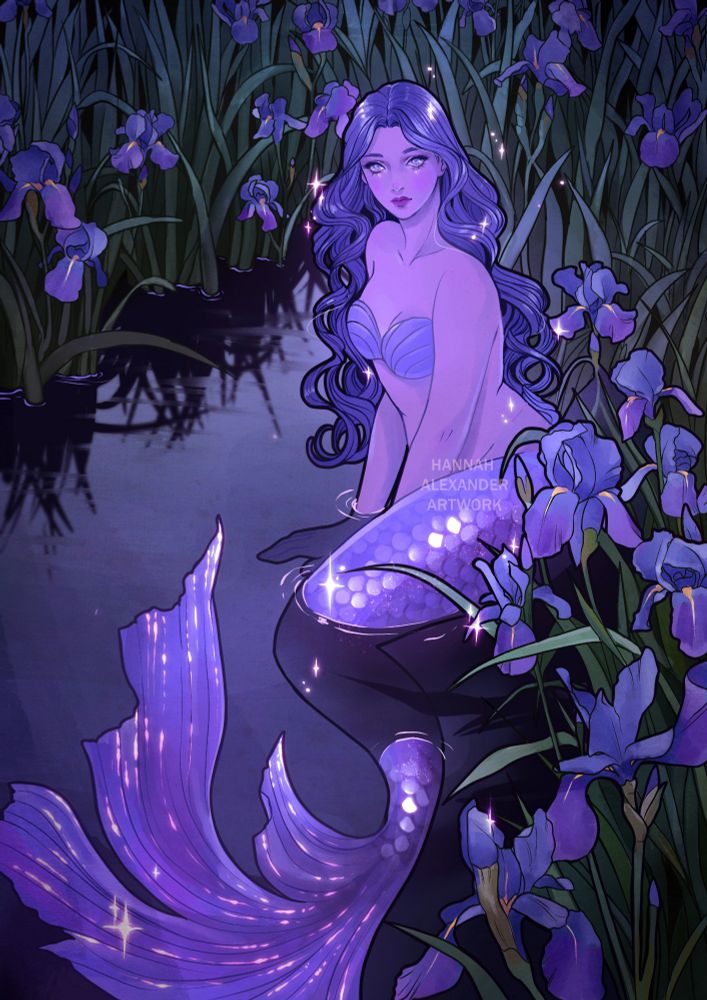
A purple mermaid sits in a still pool, surrounded by purple iris flowers.
Iris 🌱 #art
11.06.2025 18:19 — 👍 3815 🔁 929 💬 11 📌 0
The blackness of space with a few faint white stars. Against that backdrop is Saturn. The planet is dark and mostly blends in with the background. The rings glow a bright white color.

The background is mostly dark. At the center is a dark orange-brown circle, surrounded by several blazing bright, thick, horizontal whiteish rings. This is Saturn and its rings. There are three tiny dots in the image—one to the upper left of the planet, one to the direct left of the planet, and the lower left of the planet. These are three of Saturn’s moons: Dione, Enceladus, and Tethys, respectively. There is a slightly darker tint at the northern and southern poles of the planet. The rings surrounding Saturn are mostly broad, with a few singular narrow gaps between the broader rings. There is an innermost, thicker ring, and next to that is a brighter, wider ring. Traveling farther outward, there is a small dark gap before another thicker ring. In the thicker ring, there is a narrow faint band. There is then an outermost, faintest, thinnest ring.
jwst image of saturn- raw vs processed:
11.06.2025 20:55 — 👍 175 🔁 39 💬 3 📌 7
The full Moon against the darkness of space. Instead of the usual features, this angle shows the flat, dark volcanic plains we can see from Earth on the right side of the disc. On the left side is part of the heavily cratered far side of the Moon with very few flat plains.
look at this, an interesting view of the moon with the left being the far side never seen from earth and the right being the part we normally see.
this was captured by galileo on its way to jupiter 🌕

✨🛣️ L’autoroute des étoiles ?
Cette splendide aurore boréale a été photographiée depuis la Station spatiale internationale, au-dessus du sud de l'océan Indien, entre l'Australie et l'Antarctique.
📷 : NASA / Shane Kimbrough.
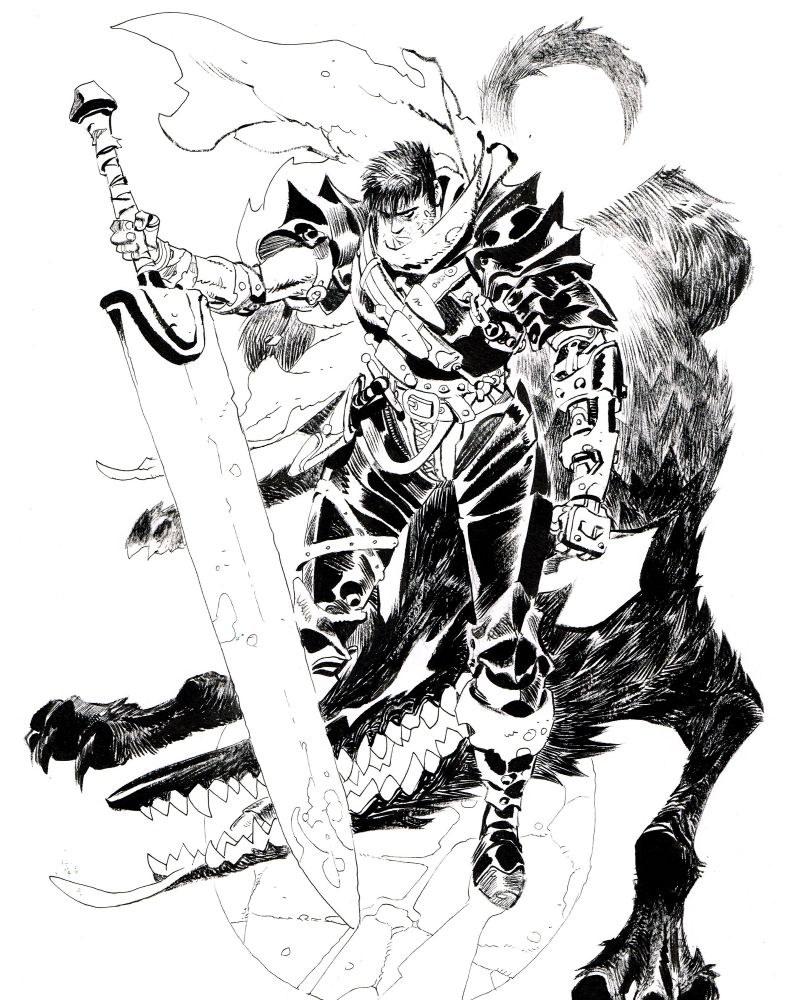

Guts. Before and after watercolors
10.06.2025 02:18 — 👍 4291 🔁 1149 💬 35 📌 3 10.06.2025 03:39 — 👍 119 🔁 7 💬 0 📌 0
10.06.2025 03:39 — 👍 119 🔁 7 💬 0 📌 0


Thinking of bringing back this switch decal! 💙✨💫🌙
07.06.2025 17:28 — 👍 1102 🔁 129 💬 19 📌 3